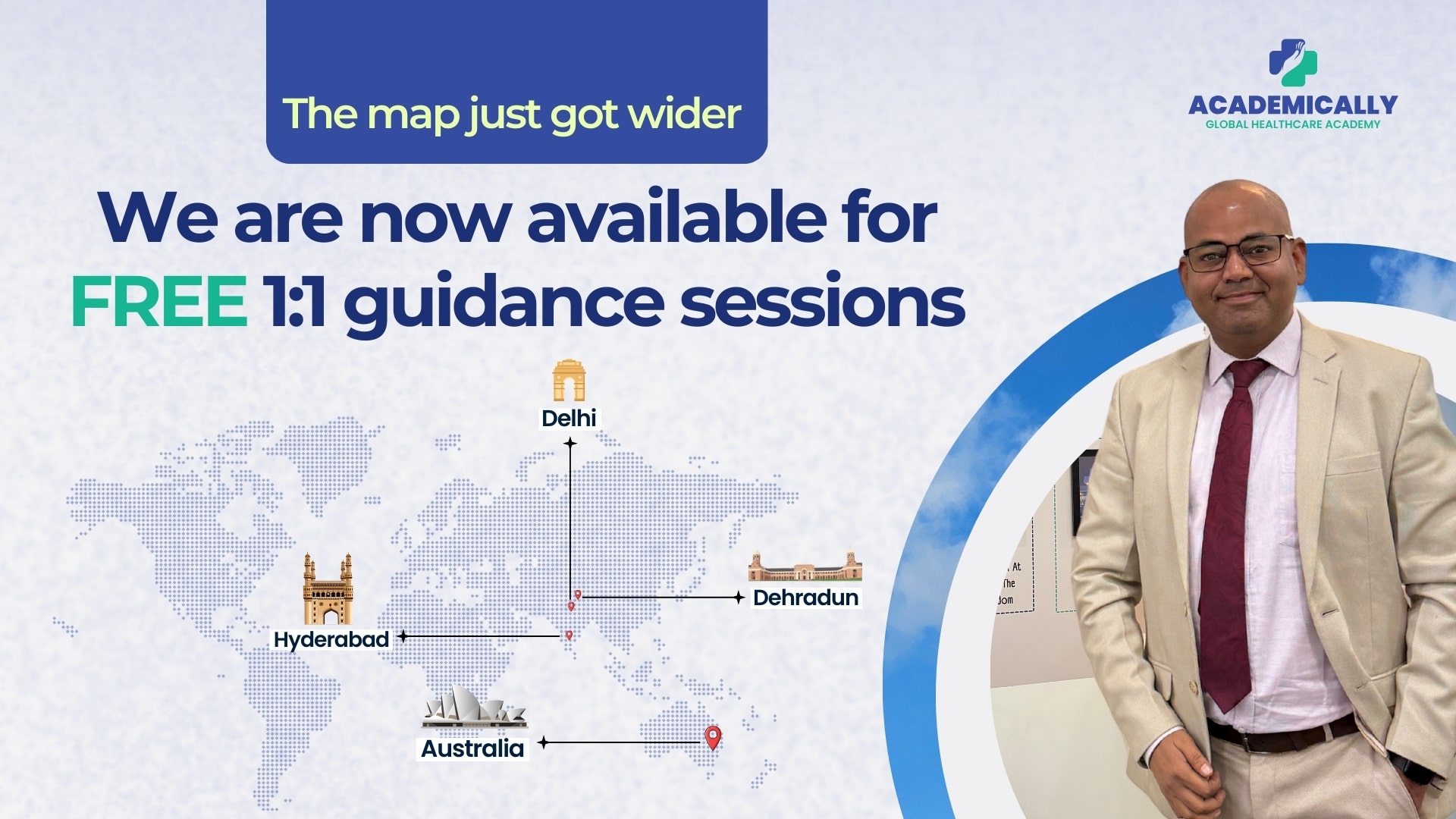Introduction
Glaucoma is often called the "silent thief of sight" because it can progress without anyone noticing the symptoms, gradually causing vision loss which is irreversible. Globally, it is one of the leading causes of blindness, and affects millions of people each year. While the condition is serious, detecting it early ans starting treatment can prevent losing your vision permanently.
This blog will cover everything you need to know about glaucoma, including its causes, symptoms, types, and the importance of quick treatment. This blog will also help OCANZ COE aspirants to revise this important topic.
What Is Glaucoma?
Glaucoma is a group of eye conditions that damage the optic nerve which is the main link between your eyes and brain. This damage is often caused by increased pressure inside the eye (intraocular pressure or IOP), but it can also occur with normal eye pressure.
Without treatment, glaucoma can lead to peripheral vision loss and, eventually, complete blindness.
Causes of Glaucoma
The primary cause of glaucoma is increased intraocular pressure, which occurs when the eye's drainage system becomes clogged. This pressure damages the optic nerve over time. Other risk factors include:
- Age: People over 60 are at a higher risk.
- Family History: Genetics play a significant role in glaucoma.
- Medical Conditions: Conditions like diabetes, high blood pressure, and migraines can increase risk.
- Eye Injuries: Trauma to the eye can lead to secondary glaucoma.
- Prolonged Corticosteroid Use: Long-term use of steroid medications can elevate eye pressure.
Symptoms of Glaucoma
In its early stages, glaucoma often shows no symptoms, making regular eye tests and check ups important, especially for old people. As the condition progresses, symptoms may include:
- Gradual loss of peripheral (side) vision
- Tunnel vision (in advanced stages)
- Severe eye pain
- Nausea and vomiting
- Sudden blurred vision
- Halos around lights
- Redness in the eye
Types of Glaucoma
Let’s have a look at the different types;
1. Primary Open-Angle Glaucoma (POAG)
This is the most common form, developing slowly over time as the drainage canals in the eye become blocked. It is often asymptomatic until significant vision loss occurs.
2. Angle-Closure Glaucoma
This occurs when the iris blocks the drainage angle in the eye, leading to a rapid rise in eye pressure. It is a medical emergency and requires immediate treatment.
3. Normal-Tension Glaucoma
In this type, optic nerve damage occurs even with normal intraocular pressure. It is more common in individuals with a family history of the condition.
4. Secondary Glaucoma
This results from another eye condition, such as uveitis, cataracts, or trauma.
5. Congenital Glaucoma
A rare form that occurs in infants, often due to developmental issues in the eye’s drainage system.
Diagnosis of Glaucoma
Diagnosing glaucoma requires a full eye checkup, which may include:
- Tonometry: Measures intraocular pressure.
- Ophthalmoscopy: Examines the optic nerve for damage.
- Perimetry (Visual Field Test): Assesses peripheral vision.
- Gonioscopy: Evaluates the drainage angle in the eye.
- Pachymetry: Measures corneal thickness, which can affect eye pressure readings.
Treatment Options for Glaucoma
While glaucoma damage is irreversible, treatment can stop further vision loss. Options include:
1. Medications
Eye drops or oral medications are often the first line of defense, helping to reduce eye pressure.
2. Laser Therapy
Procedures like laser trabeculoplasty help improve fluid drainage from the eye.
3. Surgery
In advanced cases, surgeries such as trabeculectomy or implantation of drainage devices may be necessary to control intraocular pressure.
4. Lifestyle Adjustments
- Regular exercise (approved by your doctor)
- Maintaining a healthy diet rich in antioxidants
- Avoiding activities that raise eye pressure, like heavy lifting
The Importance of Regular Eye Exams
Given that glaucoma often develops without symptoms, routine eye check ups are the only way to know if you have it or are at the risk of developing it, especially if you’re at higher risk. Adults over 40 should have their eyes checked every 1–2 years, while those with a family history of glaucoma or other risk factors should get annual check ups done.
Conclusion
This is all you should know about glaucoma to revise for your optometry exams like OCANZ COE. For more such educational blogs on important topics, click here.
If you’re preparing for the OCANZ COE and wish to become a registered optometrist in Australia, click here for a free consultation for the same!




